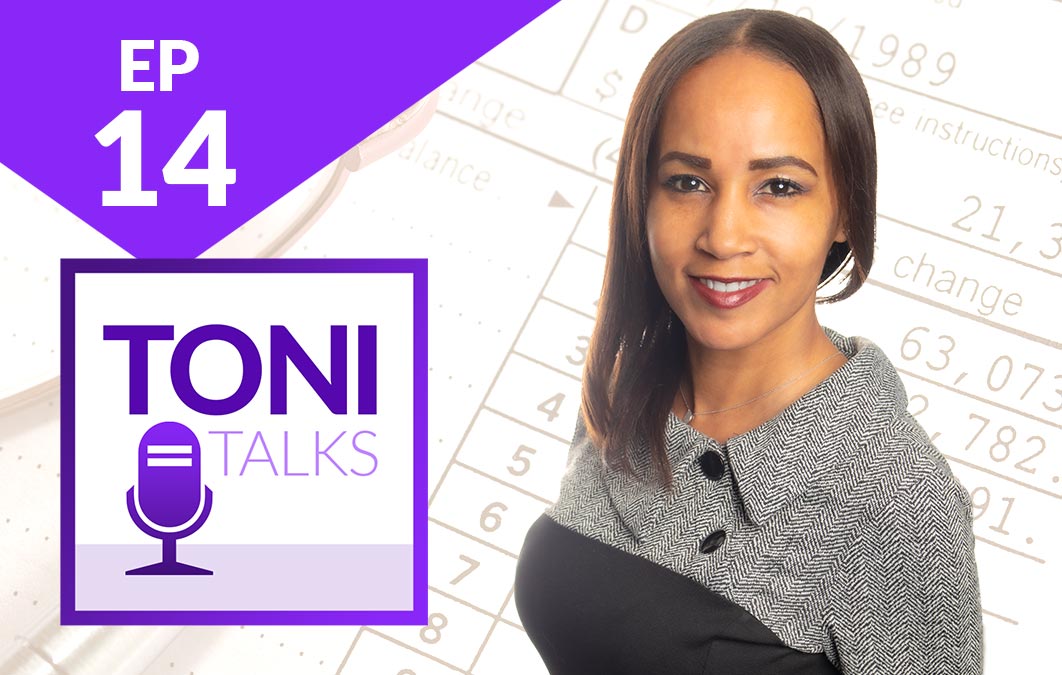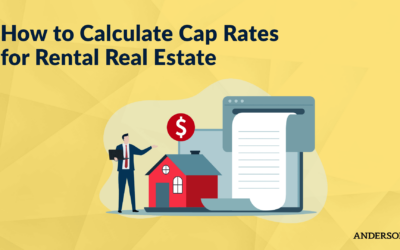What Is Tax Liability? How to Find How Much You Owe the IRS
In this episode of Toni Talks, enrolled agent (EA) Toni Covey is joined by special guests Eliot Thomas and Amanda Wynalda, both attorneys, to go over the meaning and implications of tax liability: what it is, how to determine it, and what factors affect it.
Updated January 26, 2021
The question “What is tax liability?” seems simple at first, but the simplicity of the question belies the complexity of the answer. Misunderstanding and misinformation surrounding tax liability abounds, and the question is not as simple as it may initially appear.
Income Source: Wages or Self-Employment?
For example, sometimes I speak with clients who mistakenly believe that, because they didn’t owe any taxes when they filed their tax return (or even received a refund), they don’t have a tax liability at all. This is not the case because, here in the US, W-2 workers pay taxes as they earn throughout the year. This is the cut you see taken out of every paycheck. So, even if you don’t owe additional taxes when you file your return, that doesn’t mean you’ve paid no taxes. You just have done things correctly so that your tax liability has been sufficiently paid throughout the year from your paychecks (or, in the case of a refund, overpaid).
If you are self-employed, things work a little differently. Since you are your own employer, you are responsible for making your own quarterly tax payments (versus having your employer deduct from your W-2 paycheck and make those payments on your behalf). These quarterly tax payments will be estimates of your liability, and there is an underpayment penalty if you don’t estimate adequately.
It’s important for self-employed folks to estimate their tax liability correctly, then, to avoid the underpayment penalty. So, how do you know how much you’ll owe? It all comes down to tax planning. You can estimate how much you’ll make in a quarter, then project that out for a full year. Or, you could pay 100% of what you paid last year by quarter. This is the safe harbor, which allows you protection against underpayment penalties.
IRS Transcripts
Another question that I field frequently in this regard involves when a person has not paid taxes in several years or does not have income statements or other necessary information. What do you do?
First, I would recommend contacting the IRS to request a transcript, which details all the income that was reported to the IRS by your employer(s). This can be done simply by visiting http://irs.gov. And keep in mind that these transcripts are not set in stone. You can question what’s on there if anything looks unfamiliar or off to you. But it’s a good place to start to know what the IRS is expecting.
Type of Taxpayer
Another important factor when it comes to gauging tax liability is the type of taxpayer. Where is the income going? Is it going to you personally, to a partnership, a C-corporation, an S-corporation? There are a lot of moving parts here, and each factors into the total tax liability of a given taxpayer. In addition to the type of taxpayer, the type of income is another important factor that affects the final tax liability significantly.
Traditional C-corporations currently pay a flat 21% tax on their net income, regardless of income type. The only exception to this is capital losses, which C-corporations can only deduct against capital gains in the C-corp. Otherwise, it’s pretty straightforward for C-corps.
But what about when you want to take money out of your corporation? If you take money out in the form of dividend distributions, you’ll face long-term capital gains tax rates, which are currently set at 0%, 15%, or 20% depending on the total amount of taxable income. But if you took the income out in the form of W-2 wages, the tax rate will depend on your ordinary income tax rate. When you receive W-2 wages from your C-corp., the corporation (your employer) is responsible for withholding the payroll tax on your wages.
If you earn active income via a flow-through or disregarded entity, or if you conduct business as a sole proprietor, then you’ll also be responsible for paying taxes on your income at your ordinary income tax rate, but on top of that, you’ll also need to pay self-employment tax. Self-employment tax is similar to payroll tax, except that as a self-employed person, you are responsible for paying both the employer and employee portions, which amounts to 15.3%.
Type of Income
Passive income, on the other hand, is not subject to self-employment tax. So often, when people hear “passive income,” they automatically think “rentals,” but that’s only one source of passive income. Other sources include your portfolio, your dividends, and royalties. Capital gains are taxed as either short-term or long-term capital gains, depending on how long you held them. If the gains are acquired in the short-term, they’ll be taxed at your ordinary income tax rate. If held in the long-term, however, they receive much more favorable tax rates of 0%, 15%, or 20% depending on your total income.
The Takeaway
Overall, the question “What is tax liability?” is simply too broad to nail down in one article. The real question is: “What is my individual tax liability and how can I minimize it?” And this is a question that must be answered at the individual level because there are so many moving parts and it really comes down to individual facts and circumstances.
If you’d like to discuss your tax planning with a certified Senior Advisor, I encourage you to schedule a complimentary Strategy Session today. On the call, you and the Advisor will discuss your current investing situation and future goals, then build out a custom entity structure to lower your tax liability and streamline your business. You can schedule online or by calling 888.871.8535.
Free Strategy Session with an Anderson Tax Advisor
Tax Attorneys, CPAs & EAs who specialize in working with businesses and investors. Speak with an Anderson Professional Advisor to get your FREE Tax Plan Strategy Session. Limited-Time offer: FREE (a $750 value.)














